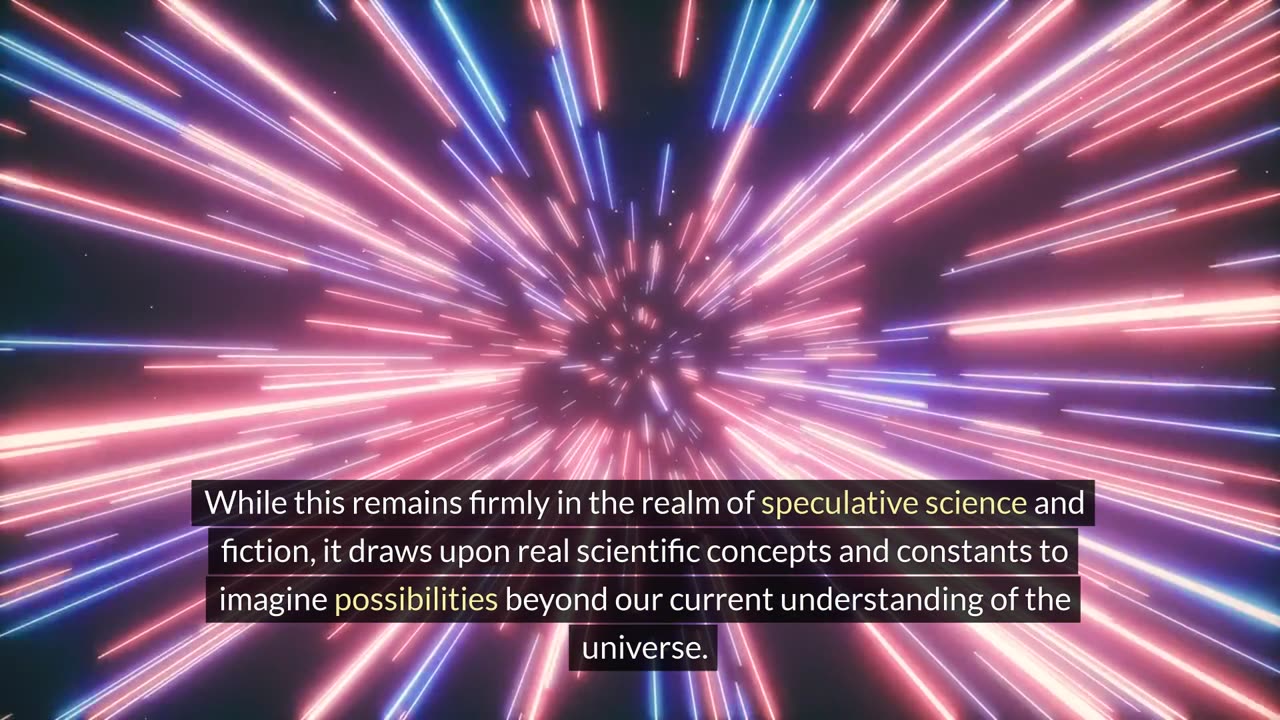Premium Only Content

Time Travel and Geography
Time Travel and Geography The statement that "time travel does not change geography" hinges on the fundamental understanding of what time travel entails. In theoretical physics, time travel is often discussed in the context of moving through time without altering the physical space around the traveler. This means that if you were to travel back or forward in time, the geographical layout of Earth, or any other place, should remain consistent with that time period's historical or future records. Buildings, landscapes, and cities might change due to human or natural activities, but the underlying geography, such as the location of mountains, rivers, and continents, would not be altered by the act of time travel itself. The concept suggests that while the time traveler can witness or participate in historical or future events, the fundamental geographical structure remains a constant backdrop. Multiverse Theory and the Mandela Effect The Multiverse theory posits the existence of multiple, perhaps infinite, universes that coexist alongside our own. Each universe has its own set of physical laws, constants, and histories. The idea that the Multiverse could be "fractured" refers to the potential for slight variations or significant differences between these parallel universes. The Mandela Effect, named after the widespread false memory of Nelson Mandela dying in prison in the 1980s, is often cited as evidence of people experiencing or remembering events from a parallel universe. According to this theory, small fractures or differences between universes could lead to people having memories or experiences that don't align with recorded history in their current universe. This could potentially be explained by some form of interaction or overlap between parallel universes, where individuals might somehow "switch" between universes or access memories from alternate realities. The Fine-Structure Constant and Accessing Parallel Realities The Fine-structure constant, approximately equal to 1/137 or 0.00729927007, is a fundamental physical constant that characterizes the strength of the electromagnetic interaction between elementary charged particles. It plays a critical role in the theory of quantum electrodynamics (QED) and appears in various formulas related to atomic physics, quantum mechanics, and particle physics. The idea of manipulating the Fine-structure constant to access parallel realities is a fascinating speculation that merges physics with science fiction. In theory, if the Fine-structure constant were different, the physical laws as we know them could change, leading to a universe with different physical properties and potentially different histories and realities. The concept of manipulating this constant to "tune" into a parallel reality suggests altering fundamental physical laws to match those of another universe, allowing for travel or communication between these parallel worlds. While this remains firmly in the realm of speculative science and fiction, it draws upon real scientific concepts and constants to imagine possibilities beyond our current understanding of the universe. The exploration of such ideas often sparks further scientific inquiry and inspires creative works that ponder the nature of reality, existence, and the fabric of the cosmos. Global Robotics Corporation globalroboticscorp.com Please like, comment, share and subscribe @RobertColee-rv8te
-
 LIVE
LIVE
Kim Iversen
1 hour agoThe Mind Control Tactics Of The Deep State Could Cause You To Commit MURDER
5,393 watching -
 LIVE
LIVE
Michael Franzese
2 hours agoFrom JFK to Epstein: The Plot That Connects It All
948 watching -
 1:31:47
1:31:47
Robert Gouveia
2 days agoJudge SHREDS Supreme Court! Trump WARNED on Deportations! Fourth Amendment 9-0 Ruling!
16.5K10 -
 LIVE
LIVE
vivafrei
2 hours agoLive w/ Breanna Morello: Pardons for Whitmer Fed-Nappers? Adam Schiff Pulling a Letitia James?
14,478 watching -
 LIVE
LIVE
The Jimmy Dore Show
56 minutes agoGOP Budget Bill Is a Fiscal TIME BOMB! Israeli Embassy Officials Shooting Questioned! w/ Carol Roth
4,699 watching -
 LIVE
LIVE
Nerdrotic
1 hour agoHollywood's Final Reckoning, Mission Impossible 8 REVIEW, Doomsday DELAYED | Friday Night Tights 355
3,635 watching -
 LIVE
LIVE
Dr Disrespect
5 hours ago🔴LIVE - DR DISRESPECT - WARZONE - 3 SOLO WINS IN 5 HRS!
7,060 watching -
 17:22
17:22
Clownfish TV
53 minutes agoWill MCU X-Men Be WOKE? Disney CEO Wants ACTION!
17 -
 LIVE
LIVE
StoneMountain64
4 hours agoRoadcraft Gameplay & 1st Impressions - FAST Crew Goes Blue Collar
415 watching -
 LIVE
LIVE
LFA TV
19 hours agoLFA TV LIVE STREAM - FRIDAY 5/23/25
2,288 watching